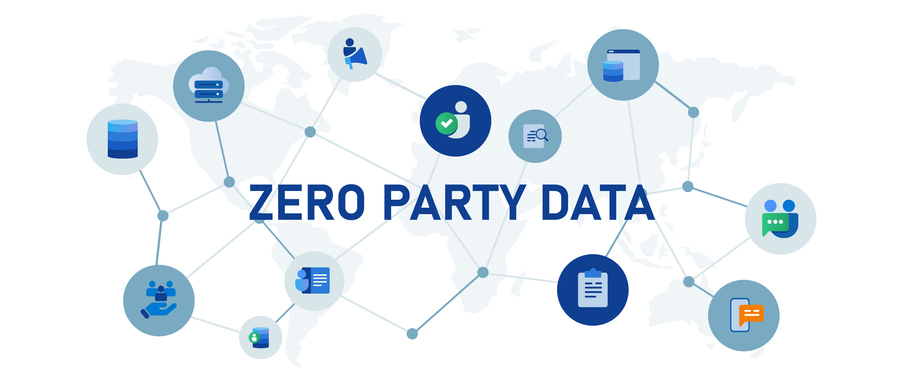Talking with your customers is one of the most important ways to get feedback that can help your small business. But in the digital age, having public conversations online can often be a daunting prospect, especially as any negative feedback can potentially be seen by thousands (or even millions) of people.
However, once you overcome your fear, you may actually find that talking with your customers online makes it easier to spot opportunities to improve or grow your small business. Here are five tips on managing the process.
1. Show your personality
Some businesses get scared of social media and instead of trying to use it to talk openly to customers, they turn it into a bland corporate tool. Rather than conversing like an actual person, they spend all their time just promoting their product or service and turning every conversation back towards their business.
Remember, people on twitter don’t want to deal with a rigid automaton that only talks about themselves; they want personal interactions. Try talking to your social media followers as if you’re having a conversation with them in person. And don’t be afraid of being irreverent or humorous; well-placed GIF can really help to break the ice.
2. Be helpful
It’s hugely beneficial for your business if you try to be friendly and helpful when talking to customers online. So that means offering your followers interesting information that you think they’ll actually find useful and keeping on top of any relevant current trends and highlight these to encourage debate among your followers.
Remember to also ask questions that you think they’ll genuinely be interested in answering and that will spark a debate, rather than ones which look like they’ve been carefully crafted in a marketing workshop. Social media users are generally pretty savvy; if they don’t like what you’re offering, they’ll be very quick to let you know!
3. Respond quickly, but don’t rush
Speed is of the essence when it comes to social media. Customers generally expect swift responses and you’ll need to be on the ball when it comes to answering tweets and Facebook posts, because having a question lying unanswered for days (or weeks) will make it look like you don’t value what your customers think.
However, make sure that you don’t rush into posting anything. Speedy responses might be vital, but so is the need to make sure what you’re posting is accurate and not misleading! And make sure you set expectations about when you’re likely to be actively monitoring your social media profiles. As a small business, it’s unlikely you’ll be on twitter 24/7 and your customers will appreciate that they won’t get a quick response to a midnight tweet, but they’ll give you less leeway during your usual working hours.
4. Embrace negative comments instead of ignoring them
Not all of the feedback you get will be positive. Customers may have genuine concerns or complaints that they want to voice, and social media is now the standard place for them to vent these frustrations. The key is to remain calm and understanding when you’re talking to an irate customer who wants to give you a piece of their mind.
Try to encourage negative commentators to explain what their problem is, and then have a reasoned conversation with them about it. Don’t capitulate and start apologising profusely for something that isn’t your fault, but don’t get combative either. You want to show that you really care about your customers, value their concerns and take their feedback on board, and you may find this actually helps you improve your product/service in the future.
5. Use analytics
Take advantage of tools that help you understand your followers better, and which show you how your social media activity is actually working. For example, Facebook offers great, free insights that show you which posts are getting the most clicks or comments, and you can use that information to determine the best time of day to post and what kind of content is most engaging.
Tools like Hootsuite and Sprout Social also have useful analytics that will help you determine what your best posts are and give you insights into your followers, and they have the added bonus of combining all of your social media profiles in one place, so it’s easier to manage them from your computer or smartphone.
Ed Molyneux is CEO and co-founder of FreeAgent.





